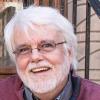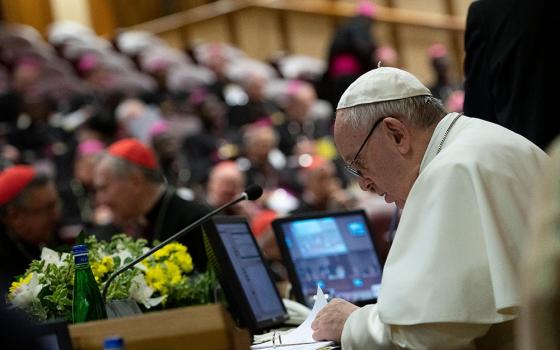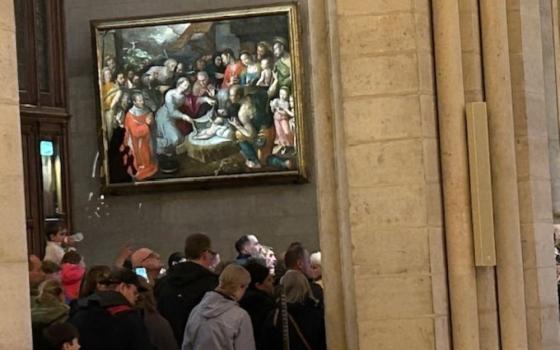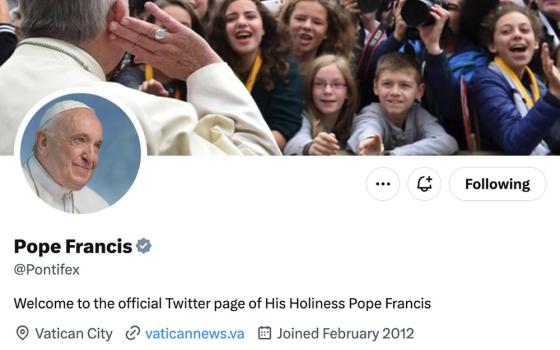
(Unsplash/Anders Drange)
If you want to write a best-seller, author Sebastian Junger told an interviewer recently, "come to the conclusion that there's an afterlife and that NDEs (near death experiences) prove it."
Junger did not write that book.
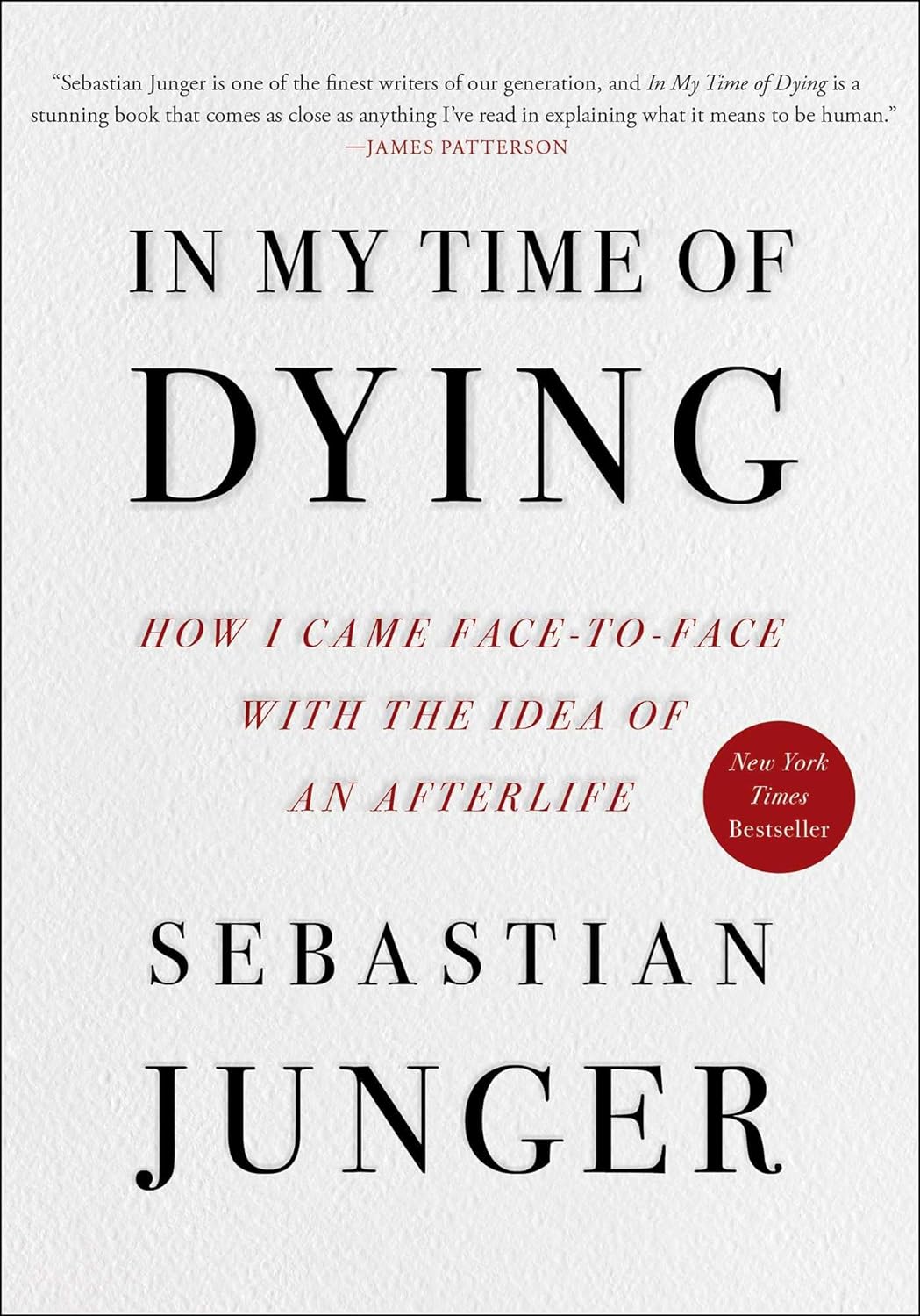
Instead, he wrote a book that applies a journalist's rigor and independence to his own time of wavering between being alive and being dead. Plus the adventure of living after nearly dying, an experience that prompts him to "wonder what this new part of my life was supposed to be called."
In My Time of Dying: How I Came Face-To-Face With The Idea of an Afterlife documents what happened to Junger when a bulge in his pancreatic artery ruptured and eventually spewed most of the blood in his body into his abdominal area.
Junger, a former war correspondent who also wrote the book that became "The Perfect Storm" film, is a lifelong athlete who, at age 58, was blindsided by extreme abdominal pain on a Tuesday afternoon in June 2020. He and his wife were in a cabin in the woods, without cell reception, a long hike from the road. They were more than an hour from the nearest hospital.
Junger describes himself as a lifelong atheist whose unbelief, while not undone by his near death experience, was shaped by it in some new ways.
Once an ambulance delivered him to the hospital, doctors rushed to get a large-volume catheter into his jugular vein. Their life and death mission: Begin replacing, as quickly as possible, the blood the patient was losing. It was at that point that Junger recalls:
I became aware of a dark pit below me and to my left. The pit was the purest black and so infinitely deep that it had no real depth at all …There was nothing on my left side except the blackness that I was getting drawn into. It exerted a pull that was slow but unanswerable, and I knew that if I went into the hole, I was never coming back.
With work continuing on his jugular vein, a time frame the doctor later described as Junger "getting ready to buy the farm," Junger recounts:
"I was feeling myself getting pulled more and more sternly into the darkness. And just when it seemed unavoidable, I became aware of something else: My father. He'd been dead eight years, but there he was, not so much floating as simply existing above me and slightly to my left."
It was then that Junger encountered what would become the heart of this book:
"My father exuded reassurance and seemed to be inviting me to go with him. 'It's OK, there's nothing to be scared of,' he seemed to be saying. 'Don't fight it. I'll take care of you.' "
His pursuit of medical and scientific explanations for his apparition turned up ample but ultimately inconclusive reasons to believe that his apparition was just an hallucination. He says he knows this much about his experience of his father in the room:
"He appeared when I needed him most. It was quite possibly his greatest act of love toward me. He was a distracted and distant father, a germaphobe who hesitated to pick up his own children and could disappear into his thoughts for hours at a time — and yet there he was."
A strength of this book is Junger’s instinct to consider multiple explanations for the key developments in his story, be they medical, emotional, scientific or spiritual.
He falls short, though, in rendering understandable some of the arcane descriptions of his medical crisis and the quantum theory that might or might not shed light on his near death experience. I’m happy to rely on Google as an occasional crutch, but these sections had me feeling as if I were wading through a medical journal overlaid with a physics textbook.
At the back of his slim volume, Junger includes an extensive list of sources for readers interested in further pursuit of three areas: medical research surrounding death and dying, near death experiences, and subatomic physics, cosmology and consciousness. Not listed but relevant to all those dimensions: Hans Küng’s 1985 treatise: "Eternal Life? Life After Death as a Medical, Philosophical, and Technological Problem."
Junger describes himself as a lifelong atheist whose unbelief, while not undone by his near death experience, was shaped by it in some new ways.
Advertisement
He relates the following conversation with a nurse, the morning after he didn't die: "She asked how I was doing. 'I'm okay,' I lied. 'But I can’t believe I almost died last night. It's terrifying.' She considered me for a moment. 'Instead of thinking of it as something scary,' she said, 'try thinking of it as something sacred.' "
Junger tried to find that nurse when he returned to the hospital later, but no one at the hospital had any idea who it might have been.
"It crossed my mind that she did not exist," Junger writes."My experience was sacred, I finally decided, because I couldn't really know life until I knew death, and I couldn't really know death until it came for me."
So where does all that leave him on the belief scale?
"I'm still an atheist," he told the host of the Daily Show, "but my mind was opened to the possibility that there is some kind of post-death reality, maybe at the quantum level." Perhaps a reunification with our individual consciousness. Perhaps a universal consciousness.
Arguing that the existence of an afterlife (or, as he puts it, a "post-death reality") does not necessarily involve the existence of God, Junger acknowledges the limits of human intelligence. The reporter does not drive past his headlights.
Suggesting that our understanding of reality "might be as limited as a dog's understanding of television," he encourages "try(ing) out the idea that death is simply where the veil of belief gets rent to reveal a greater system beyond."
Not exactly the Pearly Gates. Instead, perhaps something greater.
